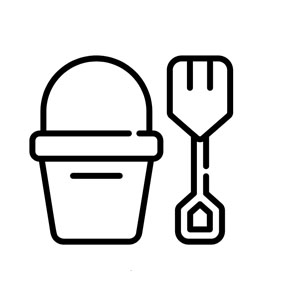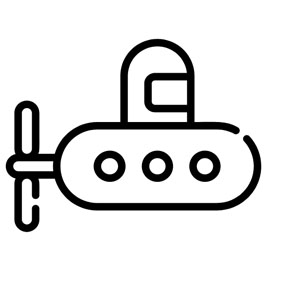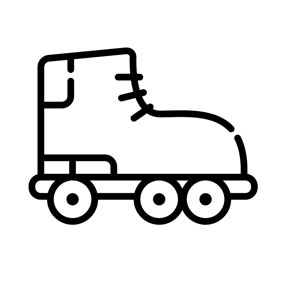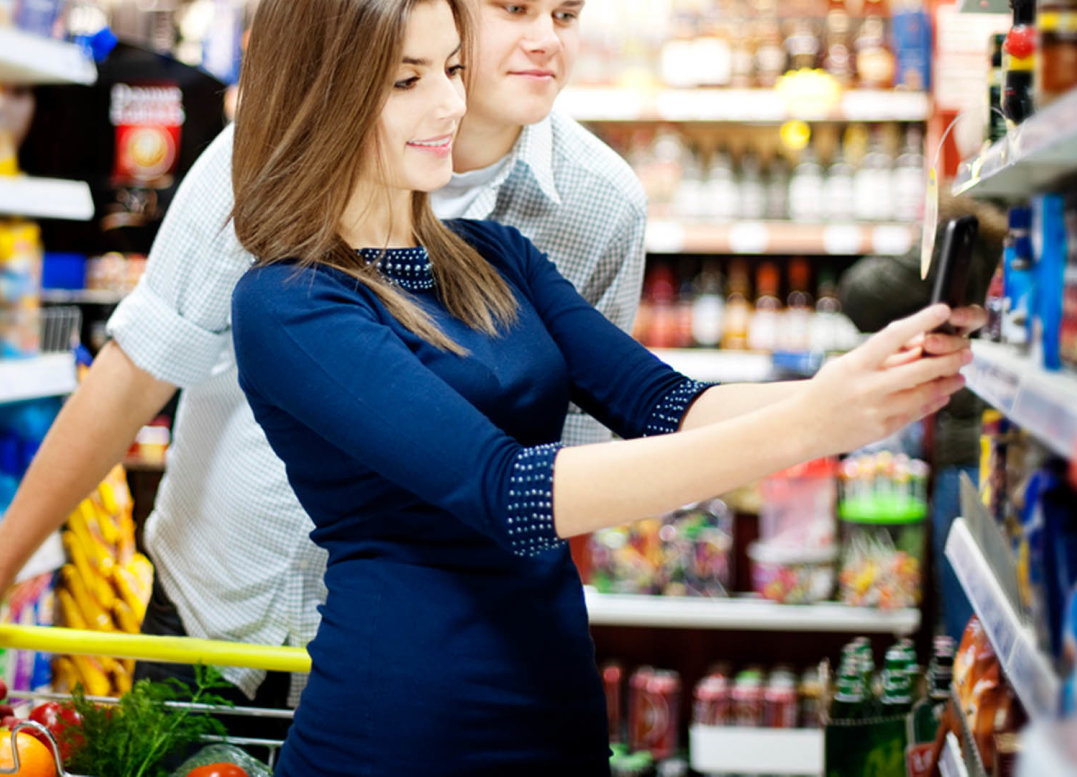Online advertising is transforming the relationship between products and consumers with an unprecedented scale of interactivity, viral marketing, and consumer-generated content.
However, online advertising is also creating fragmentation among the standard marketing channels used. Long gone are the days where CPG companies had to focus their efforts solely on winning shell space at the grocery store.
To successfully promote products, vendors need to embrace a brand new digital sales environment.
 Small Is The New Big
Small Is The New Big
“So, in the spirit of friendly competition, we’ve decided to give a few examples of how we’re different from Gillette. Because being smaller allows us to do things that Big Razor companies like Procter & Gamble can’t.” Harry’s online campaign.
We are witnessing a small-brand revival in many CPG market segments. In 2017, small CPG products with annual sales of less than $1 billion are outperforming the big players in 18 of the top 25 categories. Consumers choose these brands because they offer authenticity (Lush), a connection to local growers (Bolthouse, Annie’s Homegrown), or a commitment to healthy ingredients (Honest Tea, The Honest Company). The strength of these companies lies in branding, merchandising, and building compelling storytelling around their products.
Because of the popularity of smaller brands, bigger CPG players are also trying to enter the market through acquisitions. For example, Coca-Cola has recently bought Glaceau enhanced water, Odwalla, Honest Tea, Innocent, and Zico. To keep each new product distinct and attractive to customers, Coca-Cola does not affiliate the acquired product with its umbrella. Instead, it positions the brand as a premium name, priced higher than the competition.
 Rethink Your Products And Your Story
Rethink Your Products And Your Story
From gluten-free to bio and raw, there is a global shift to “health” products. The trend is led by millennials, Youtubers, and a wave of renewed awareness towards natural products on the market. The natural beauty/body care market is expected to reach over $13 billion by 2018, according to Transparency Market Research.
To keep competitive, brands need to develop more effective product portfolios online, use innovative merchandising, rethink their retail format, and review their overall branding. Some of the CPG brands that have followed this formula include Innocent Drinks (Coca-Cola), Lush cosmetics, Godiva chocolates, Lulu Lemon, Honest Company. All those brands have invested in beautiful design packaging, inanimate copywriting, a holistic lifestyle belief, images of fresh ingredients and authentic flavors, and their own version of customized shopping experience.
It is more important than ever before to focus your marketing content around transparency and honest communication. Consumers also want to see labels promoting natural ingredients, a healthy way of living, and a family-safe environment. They will be willing to pay more if you build a wholesome story for your brand.
To keep up with the market, products need to understand the habits and desires of their audience. For example, Kraft recently changed its mac and cheese recipe to replace preservatives with more natural ingredients.
 Changing Shopping Habits
Changing Shopping Habits
Since the world moved online, users have been evaluating brands based on their website and social media channels. Reviews, opinions, and peer endorsements are a big influence. Overall, people have become more invested emotionally and intellectually with the products they buy and are willing to pay more for labels that are transparent.
Because the way we evaluate products has changed, marketing has to change as well. Instead of the usual product photography and TV advertising, brands need to invest their efforts into online feedback. The best way to win influence is by providing ratings, comparison shopping, video reviews, user-generated content, and “how to use this product” tips.
Vendors can no longer make the same assumptions about mass-market shopping. A “one-size-fits-all” approach does not work as well as before. Consumers expect to receive personalized service. In fact, brands that offer personalized marketing create a 50% higher brand loyalty rate.
 How To Get Ahead?
How To Get Ahead?
Products need to know their audience's whereabouts. This will help to find the right influencer across a variety of platforms like Youtube, Instagram, Pinterest, Vine, Snapchat. In an era where giants like Wholefoods and Walmart are actively perusing smaller CPG suppliers, it makes sense to capitalize on your marketing budget through the lower-cost digital channels and invest in opinion-makers.
To cut through the noise, products need to showcase why they’re different and why consumers should be using them. As a general rule, buyers want to feel inspired and purchase products that promote their values.
Brands looking to revamp their popularity should consider the following areas:
Is your online space eye-catching?
Is your user experience informative, responsive, and engaging?
What e-commerce platform do you use?
Where do you feature your product reviews?
How much content do you create?
How closely do you monitor your social media campaigns?
Does your SEO infrastructure deliver results?
 Distribution Network
Distribution Network
Product distribution is changing and will keep changing. The reason is the growing role of e-commerce. People desire flexibility, immediacy, and 24/7 access; which they can only get online.
Amazon is positioning itself to control as many points in CPG distribution as possible. The online giant is currently opening 70 new distribution centers, which will all carry food. Amazon already controls 1/5 of online food and beverage sales. Google is also launching its own grocery delivery service.
Online sales within the CPG industry is currently between $15-$50 billion. By 2019, e-commerce is expected to be 10% of total CPG sales.
No CPG company needs to be told it should use digital advertising to engage consumers, create targeted campaigns, and inspire its fans. In the US alone, digital ad spending is expected to be over $8 billion in 2018 just from CPG brands.
To plan ahead, reach out for advice. Say hello@edesigninteractive.com.
